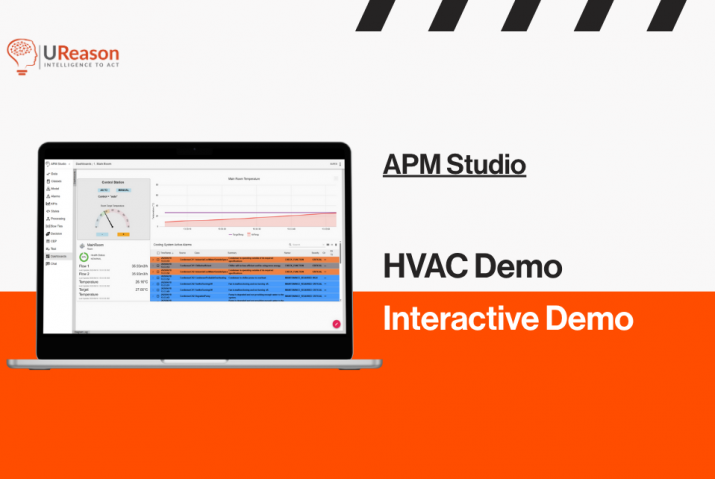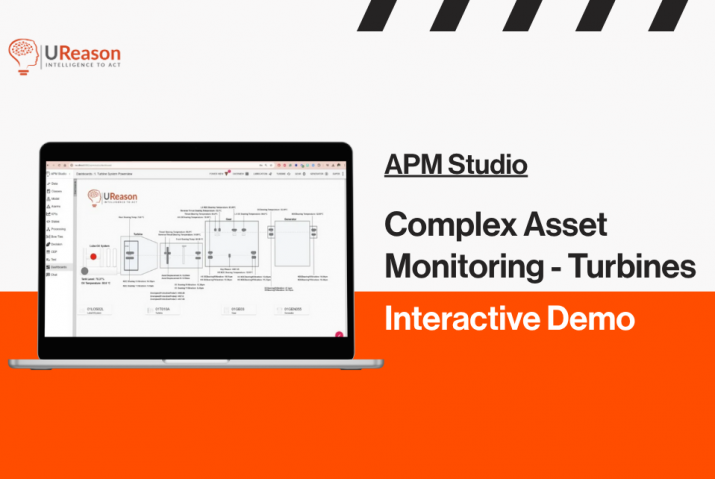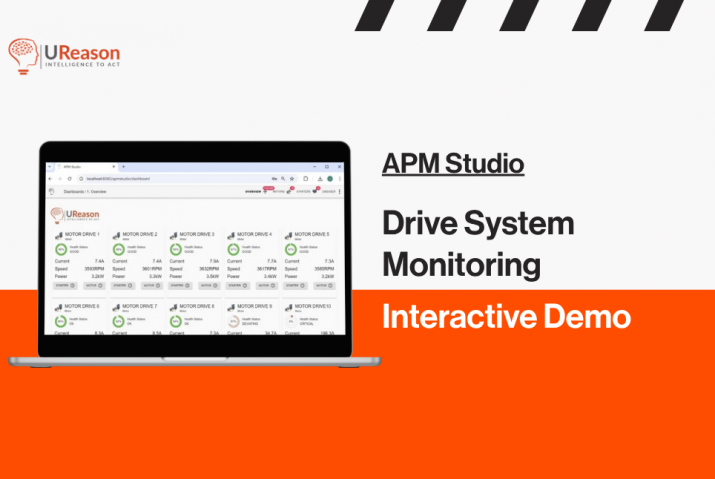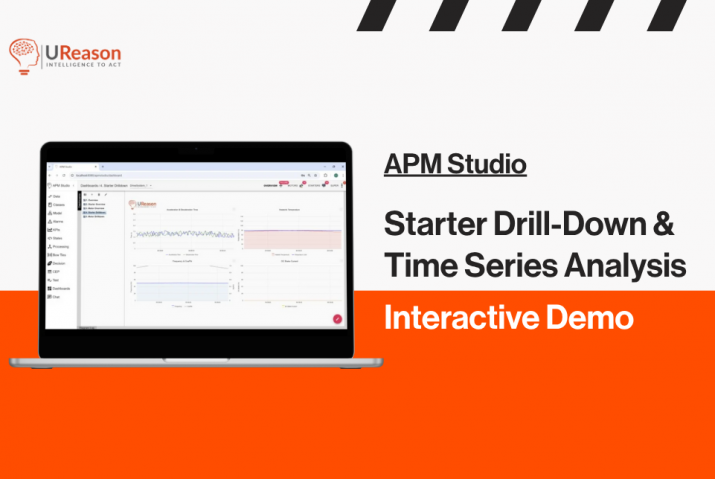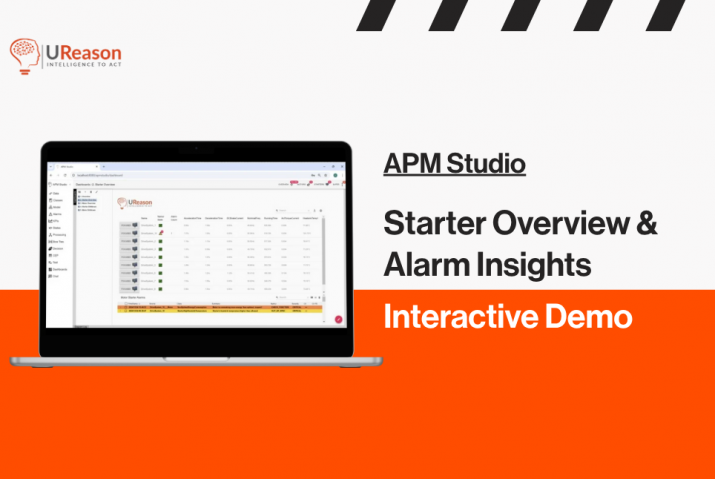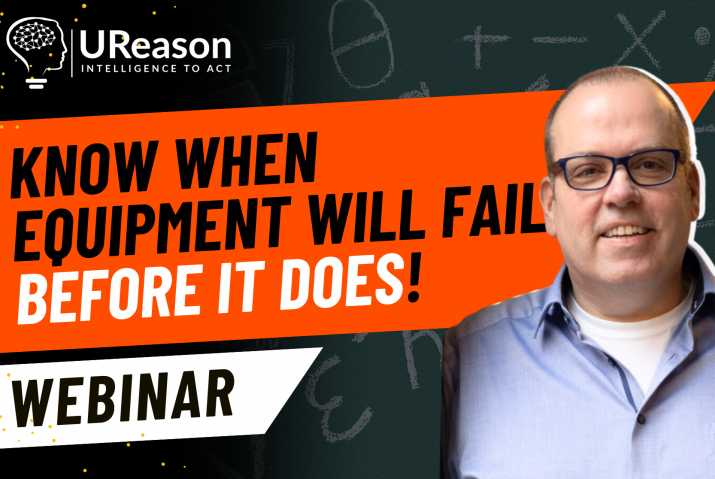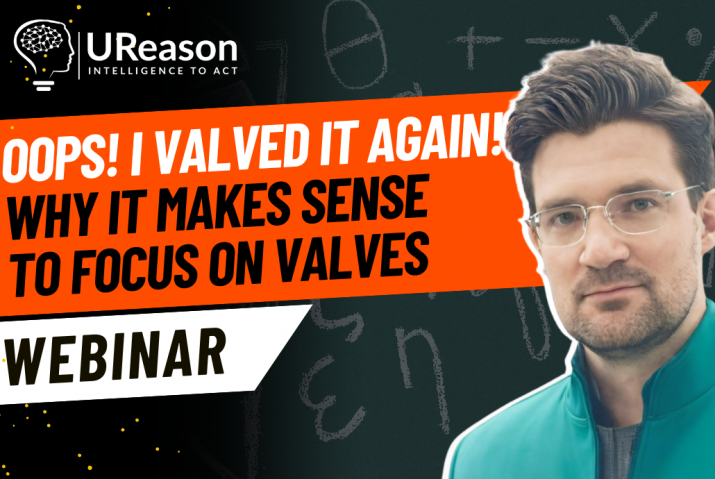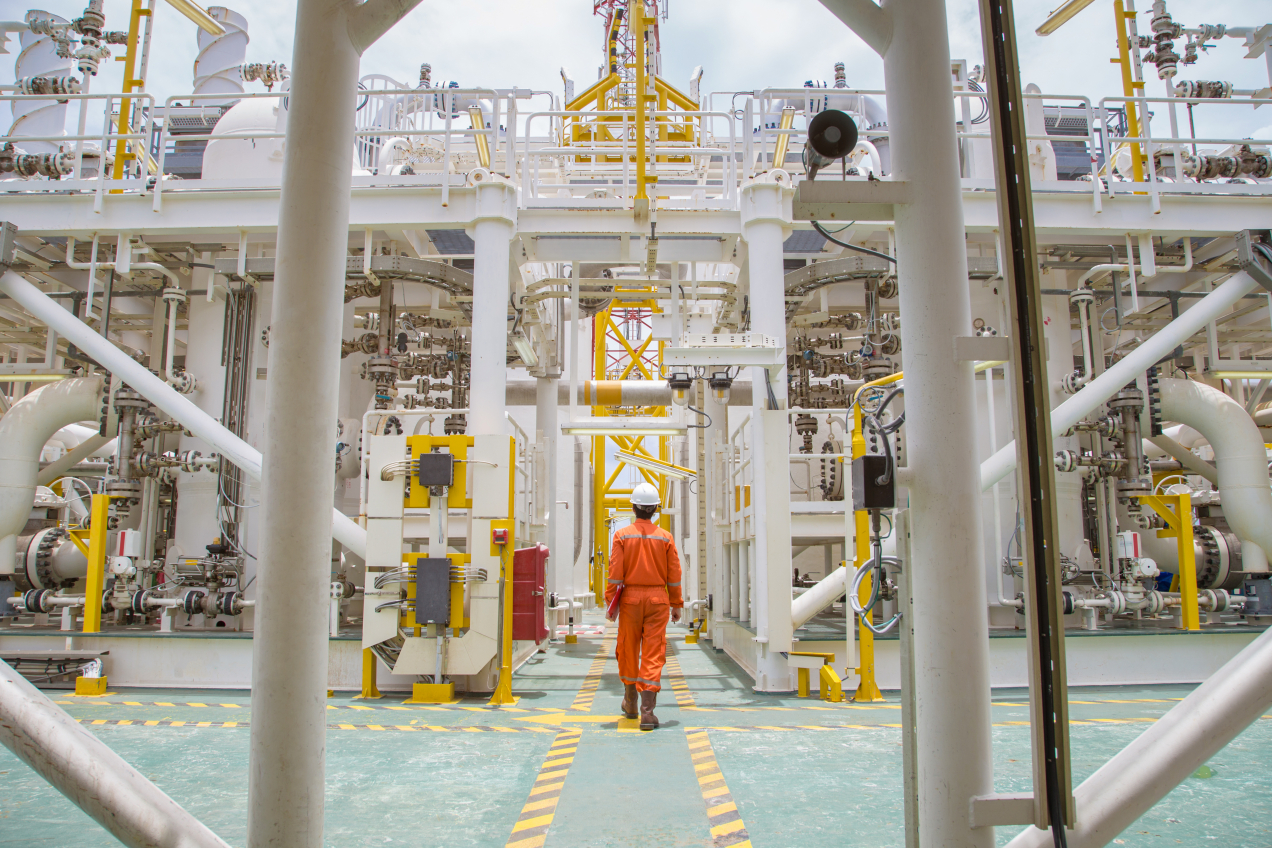
This first started in the pharmaceuticals industry, where plants in China, Vietnam, Thailand, and India needed to meet the standards used in Great Britain, the EU, the United States and Canada. The petrochemicals industry, and the food industry, were right behind. Regulation of product quality is ubiquitous and needs careful attention.
Regulation doesn’t just apply to product quality, however. It is also applied to worker safety, to air and water quality, and general plant safety as well. In real terms, regulation is a significant part of risk management, and risk mitigation. If thought of properly, regulation can drive increased production and increased profit. A plant whose assets are carefully managed will have significantly more uptime than one whose assets are not well managed. Increased uptime can go straight to the bottom line. Decreased uptime can clearly be seen as increasing risk. Plants with increased downtime are less safe than plants with higher uptime, and they expose the asset owner to increased risk. Asset owners who embrace regulation are also embracing significant risk mitigation. Regulation-driven risk mitigation strategies have been shown to lead directly to higher production throughput and lower cost of manufacture. So, there are reasons to embrace regulation that are not political or civil. It is just plain good manufacturing practice.
But here’s the problem. Unless you have a positive and ongoing asset management process, you have no idea if you are meeting or exceeding regulations—until something shreds, blows up, or ruins a batch of product. Then you are reduced to playing catch-up. You lose production, you lose profit. And what happens when you find out that a very important component now has a 15-month lead-time because of supply chain and worker shortages caused by the pandemic? Economies in the past have made you run down your spares and repair parts inventory to levels that you are just finding out are too low. What you thought was adequate in 2018 is clearly not adequate in 2022.
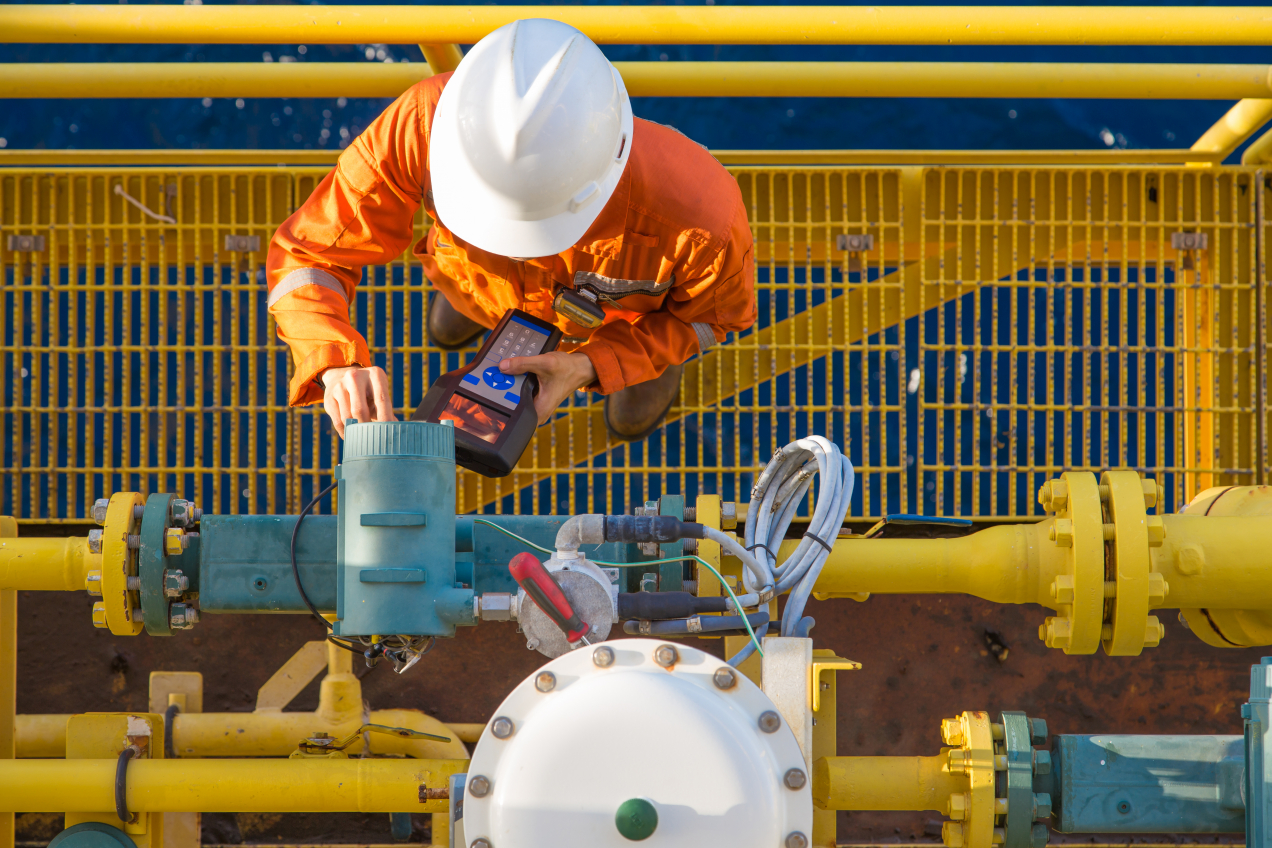
Do you know what your critical assets are? Do you know where they are? Do you know what condition your critical assets are in? Do you have the ability to see your critical assets whenever you want to? Do you have the ability to predict when assets like rotating machinery are likely to need service or replacement? When was the last time you had a survey of pipe wall thickness to see what the probability of cracks and leaks is, and whether that probability is increasing? Have you ever done that survey? Have you ever done an “as exists” versus “as built” examination to make sure you actually know what assets you are working with? You cannot depend on institutional knowledge from your long-time employees. They got COVID. Some of them passed away. Others retired. And institutional knowledge can be wrong. Much institutional knowledge is based on magical thinking. If the person who preceded you in your job went out every day and tapped a specific valve with a big wrench, and you do the same thing because he did it that way, that’s magical thinking. Saying that your plant has had 16 near-misses in the past five years is not a good thing. Piling up the number of near-misses doesn’t reduce your risk. It is magical thinking.
You want to drive regulatory compliance because it reduces risk. But even more, it fosters discipline and quality control. You know that discipline and quality control drive throughput and increased profit.
Asset management must be a continuous process, not a project. You need to build your operation around it, not try to bolt it on later. Are you still using paper reports on your assets? Are you juggling spreadsheets and flat data structures? Are your competitors passing you?
UReason asset performance management solutions can help you move your plant forward and let you compete in the modern world. Click here for a copy of UReason’s ebook on the next generation of Asset Performance Management. If you already know you want and need to move to Industry 4.0 level asset management, the UReason team can show you how to do it and keep doing it, so you can meet your regulatory compliance needs while increasing production and profit.
